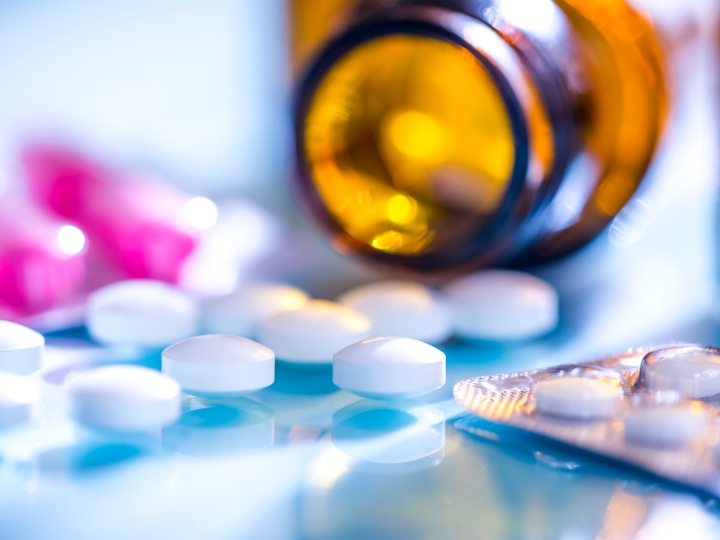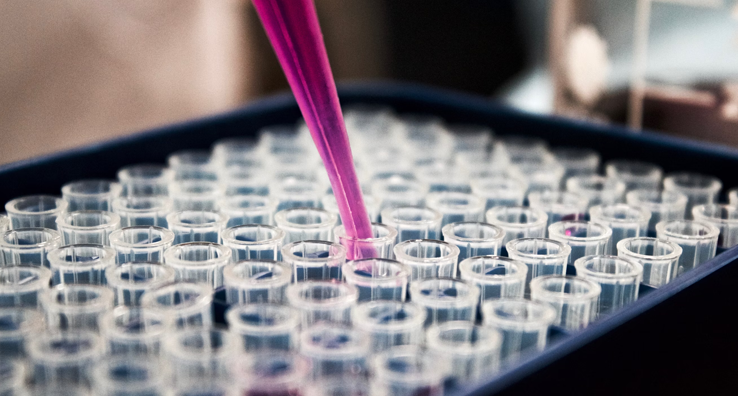Pharmaceutical impurities testing to meet ICH Q3A / Q3B / Q3C Guideline requirements and determination of impurities in pharmaceutical substances, including residual solvents, genotoxic impurities (M7), elemental impurities (Q3D), and extractables/leachables and expertise in impurity identification in pharmaceuticals.
Pharmaceutical impurity testing, identification, quantification, and analytical control strategies are key to optimizing the purity, safety, and quality control of both drug substances and finished drug products. Pharmaceutical impurities can arise from various sources, including starting materials and their contaminants, reagents, catalysts, solvents, intermediates, excipients and their contaminants, leachables, and degradation products. Types of impurities in pharmaceuticals include organic impurities (both process- and drug-related), as well as inorganic or elemental impurities. These drug impurities are often present at very low or trace levels in highly complex sample matrices. Consequently, determining these impurities requires highly sensitive and specific analytical methods to collect the data needed for relevant risk assessments or to support submission requirements. A current key example is nitrosamine-related impurities, such as NDMA, which have been highlighted by the US FDA as a concern and are believed to result from the manufacturing process.
Pharmaceutical Impurity Testing and Impurity Identification in Pharmaceuticals
Our GMP-compliant laboratories provide determination of impurities in drug substances (ICH Q3A(R2)) and impurities in drug products (ICH Q3B(R2)) supporting your product development from early stages throughout the lifecycle of your drug product.
Our scientists, who are skilled in method development and validation of suitable pharmaceutical analytical impurities test procedures, routinely overcome the challenges posed by low detection levels and difficult matrices. We offer analysis expertise in resolving all types of pharmaceutical impurities including extractables and leachables, elemental impurities testing, residual solvents (OVI or VOC) analysis or process-related impurities.
Our pharmaceutical impurities analysis experience extends across all dosage forms, product classes and drug delivery technologies, including inhaled drug product development. As part of our comprehensive stability study capability, we examine degradation products under stressed conditions to help establish degradation pathways and track/trend stability data. Additionally, we offer highly sensitive and specific method development and validation expertise to address the determination of, and control over, genotoxic impurities such as nitrosamines. The insight we bring from robust analytical studies can support your corrective and preventive action plans for all sources of impurities in pharmaceuticals, accelerate your drug development program and simplify production impurity monitoring. For biologic therapeutics, we provide comprehensive services for the determination of bioprocess residuals or biopharmaceutical product-related impurities.
Inorganic or Elemental Impurities
Inorganic impurities can result from the manufacturing process and typically include reagents, ligands and catalysts, heavy metals or other residual metals and inorganic salts. Our elemental impurity testing scientists and toxicologists help you to develop a testing and compliance strategy to achieve successful implementation of ICH Q3D requirements through tailored analytical programs and toxicological risk assessments. Our laboratories utilise inductively coupled–optical emission spectroscopy (ICP-OES) and ICP–mass spectrometry (ICP-MS) to perform testing in accordance with USP General Chapter <232> and Chapter <233>, or suitable alternative procedures.
Extractables/Leachables
Our experts have over 25 years’ experience in specialised analytical and toxicology assessment for extractables and leachables, including USP 1663 and USP 1664 E&L studies and E&L for bioprocessing single use systems according to USP665/1665. This is reinforced by our considerable knowledge of polymer, plastic and packaging materials, allowing us to identify components from the most complex polymer materials.
Biopharmaceutical Impurities Analysis
Our biopharmaceutical product characterisation team provide the determination of both product-related and process-related impurities in accordance with the ICH Q6B Guideline. Our scientists perform detailed studies using a wide range of analytical methods (e.g., HPLC, capillary electrophoresis, mass spectroscopy, NMR, FTIR, circular dichroism spectroscopies and size exclusion chromatography) to determine modified forms, altered conjugated forms, aggregates, cell substrate-derived process impurities, cell culture-derived impurities and downstream-derived impurities.
Impurity Toxicological Risk Assessments
With many years of experience in toxicological risk assessments, our consultants conduct risk assessments to address the issues associated with exposure to residual solvents, process impurities, extractables & leachables, elemental impurities (ICH Q3D) and other substances that may find their way into a pharmaceutical product.
Total Quality Assurance
Pharmaceutical impurity testing is one aspect of our global GMP and CMC laboratory services solutions which include pharmaceutical analysis, stability testing, quality control (QC) and batch release testing. Bringing quality and safety to life, we offer Total Quality Assurance expertise to help you to meet and exceed quality, safety and regulatory standards.
Requirements for Elemental Impurities Testing
- White Paper download: Requirements for USP <232> and USP <233> elemental impurities testing. Download now
- Brochure download: Elemental Analysis, Elemental Impurity Analysis
- USP 233 and USP 232 Services
- ICH Q3D Risk Assessment and Testing
- Trace Metals Testing for Pharmaceuticals
- Pharmaceutical Impurity Testing
Pharmaceutical Impurity Analysis Service Update:
Detection and quantification of nitrosamine impurities (NDMA, NDEA, NMBA and NDIPA) using GC-MS and LC-MS methods. Learn more about this service.
Recorded Webinars
- NEW: Regulatory Driven E and L Studies for Key Drug Delivery Formats
- Design of Robust and Sensitive Extractables and Leachables Studies
- Extractables and Leachables Studies on Process Materials and Container Closure Systems
- Biocompatibility - The Importance of Extractables & Leachables Testing
Whitepapers
- NEW: Risk-Based E&L Strategies for Bioprocessing Single-Use Systems
- From Extractables to Leachables: Problem Solving for Complicated Formulations and Container Closure Systems
- Evaluation of Extraction Conditions for Volatile Extractables
- Extractables and Leachables Strategies for Pharmaceutical Production Tubing
- Importance of a High Performing GC-MS Screening for Testing Stability Samples for Volatile and Semi-Volatile Leachable Impurities
- Impact of the GC-MS Injection Solvent and the Analyte Concentration on Relative Responses for common Extractables
- Extractables and Leachables Strategies for Transdermal Patch Products
- Trace Analytical Methods and Techniques for Testing Extractables and Leachables


